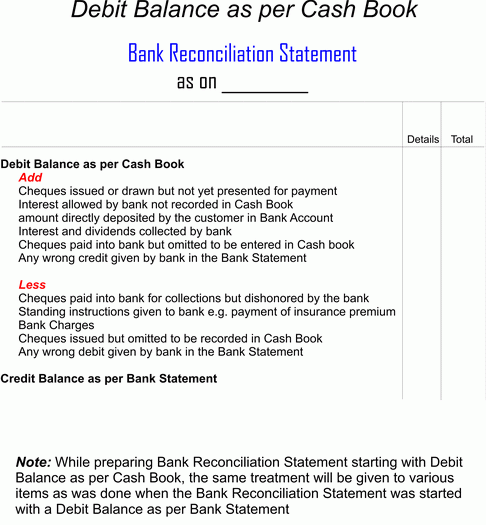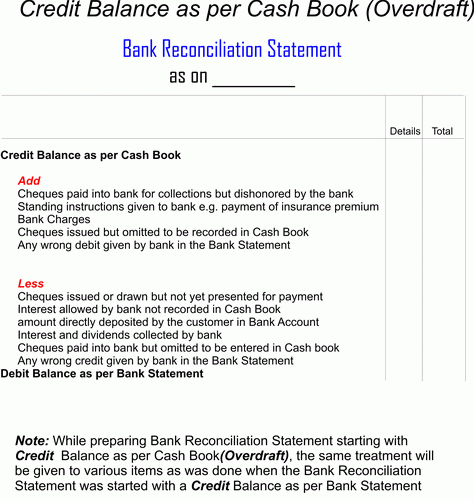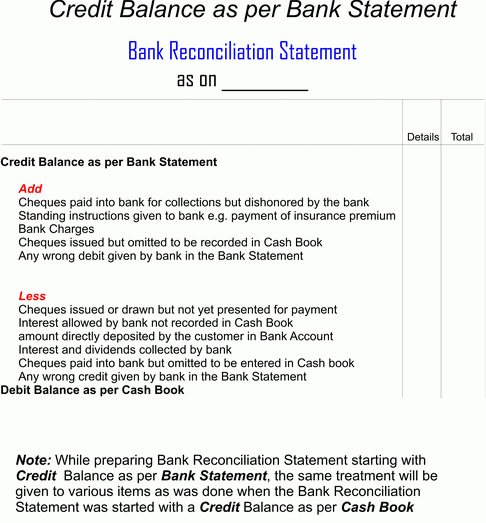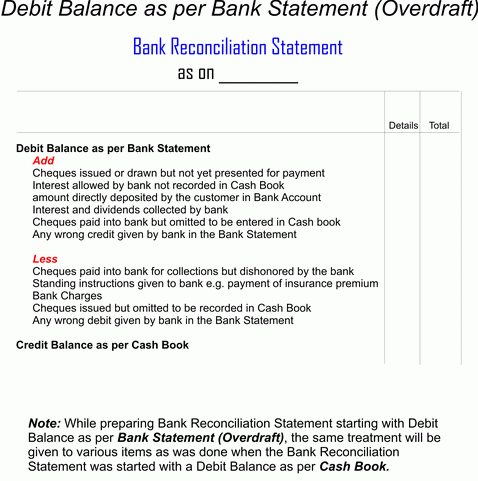RATIO ANALYSIS
Important Formulas:
(1) Gross Profit Ratio = Gross Profit X 100
Net Sales
Gross
Profit = Net Sales – Cost of Goods Sold
Net Sales = Total
Sales – Sales Return
Total Sales = Cash
Sales + Credit Sales
Cost of Goods Sold = Opening Stock + Purchases
+ Direct Expenses – Purchase Return – Closing Stock
(2) Net Profit
Ratio = Net Profit X 100
Net Sales
Net Profit = Gross
Profit – Operating Expenses + Non Operating Incomes –
Non Operating Expenses
Operating Expenses = (SODA)
Selling Expenses + Office Expenses
+ Distribution Expenses + Administrative Expenses
(3) Operating Profit
Ratio = Operating
Profit X 100
Net Sales
Operating Profit = Gross
Profit – Operating Expenses
OR
Operating Profit = Net Profit + Non
Operating Expenses – Non Operating Income
(4) Operating
Ratio = Operating Cost X 100
Net Sales
Operating Cost = Cost of Goods Sold + Operating Expenses
(5) Operating Ratio + Operating Profit Ratio = 1
(6) Return on Investment
(ROI) = Profit before Interest, Tax & Dividend X 100
Capital
Employed
Where, Profit before interest, Tax & Dividend = Profit after
Tax + Interest + Tax
= Profit after Interest + Interest
Capital Employed = Share Capital
(Equity + Preference) + Reserves + Surplus/Profit & Loss A/c
(Cr.)/Accumulated Profit + Debentures + Long term loans – [Preliminary Expenses
– Discount/Commission or Issue of Share / Debenture – Profit & Loss A/c (Dr. Balance)]
ALTERNATIVELY
Capital Employed = Net
Fixed Assets + Long Term Investments + Working Capital
Net Fixed Assets = Total
Fixed Assets – Depreciation
Working Capital = Current
Assets – Current Liabilities
(7) (a)
Return on Shareholder's
Funds = Profit after Interest &
Tax but before Dividend X 100
Equity or Shareholder's Funds
Equity or Shareholders' Fund = Share Capital
(Equity + Preference) + Reserve + Surplus / Profit & Loss A/c (Cr. Balance)
or accumulated profits
– Preliminary Exp. – Dis./Comm. on Issue Share & Debentures –
Profit & Loss A/c (Dr. Balance) or Accumulated Losses
Profit after Interest, Tax
but before Preference Dividend
= Profit after Tax – Preference Dividend
= Profit after Interest – Tax – Preference Dividend
= Profit before Interest – Interest – Tax – Preference Dividend
(7) (b) Return on Equity
(ROE)
= Profit
after interest, Tax & Pref. Dividend X 100
Equity Shareholder's Funds
Equity shareholder's
Fund = Equity Share Capital + Reserve + Surplus / Profit & Loss A/c
(Cr. Balance) or accumulated profits – Preliminary Expenses – Discount
/ commission
on issue of Share Debentures – Profit & Loss A/c (Dr. Balance) or Accumulated Losses
(8) Interest coverage (Debt
Service) Ratio = Profit before Interest, Tax & Dividend
Interest
on Debentures & Loans
(9) Current Ratio = Current
Assets
Current
Liabilities
Current Assets = Cash in Hand + Cash at Bank +
Bills Receivable + Sundry Debtors + Marketable Securities or Short term investments + Loans & Advances + Stock / Inventories + Prepaid Expenses + Accrued Incomes
Current Liabilities = Sundry Creditors + Bills
Payable + Provision for Bad Debts +
Provision for Taxation + Bank Overdraft + Outstanding
Expenses + Income received in Advance + Short
term Loans
(10) Liquid Ratio / Quick
Ratio / Acid Test Ratio
= Liquid Assets or Quick Assets
Current
Liabilities
Liquid Assets = Current Assets – Closing Stock – Prepaid Expenses
(11) Stock Turnover Ratio (STR) = Cost of Goods Sold
Average Stock
Average Stock = ½ (Opening Stock + Closing Stock)
(12) Debtors Turnover Ratio
(DTR) = Net
Credit Sales in a year
Average
Accounts Receivable
Average A/c
Receivable = ½ (Opening A/c Receivable + Closing A/c Receivable)
Accounts Receivable = Debtors + B/R
OR
Account Receivable = Opening Debtor + Opening B/R + Closing Debtors + Closing B/R
2
(13) Average Debt
Collection Period = Days or Months in a year
Debtors Turnover Ratio
Alternatively, Average Debt
Collection Period
= Days or Months in a year X Accounts Receivable in a year
Net
Credit Sales in a year
(14) Creditors Turnover
Ratio (CTR) = Net
Credit Purchases
Average
Accounts Payable
Average A/c Payable = ½ (Opening A/c Payable + closing A/c
Payable)
Accounts Payable = Creditors + B/P
(15) Average Payment Period = Days or
Months in a year
Creditors Turnover Ratio
Alternatively,
Average Payment Period = Days or Months in a year X Accounts Payable in a year
Net Credit Purchases in a year
(16) Capital Turnover Ratio = Net
Sales
Capital
Employed
(17) Fixed Assets Turnover
Ratio = Net
Sales
Net Fixed
Assets
Net Fixed Assets = Gross Fixed Assets - Depreciation
(18) Working Capital
Turnover Ratio = Net
Sales
Working
Capital
Working Capital = current Assets – Current Liabilities
(19) Assets Turnover
Ratio = Net
Sales
Total
Assets
Total Assets = Fixed Assets + Long Term Investment Current Assets
(20) Debt-Equity Ratio = Long term
Debt or Loans
Equity or Shareholders' Funds
Long term Debts = Debentures + Loans or Mortgage
OR Long
Term Debts = Total Debts – Current Liabilities
(21) Debt Total Fund
Ratio = Long Term
Debts
Total Long Term Funds
Total Funds Term Fund = shareholder's Funds + Long Term Debts
(22) Proprietary
Ratio = Shareholder's Funds or Proprietor's Fund
Total Assets
Shareholder's Funds = Share Capital (Equity +
Preference) + Reserves+ Surplus/Accumulated Profit or P/L A/c(Cr) + Preliminary Exp. – Discount
on issue of Shares/Debentures– P/L A/c (Dr.)



